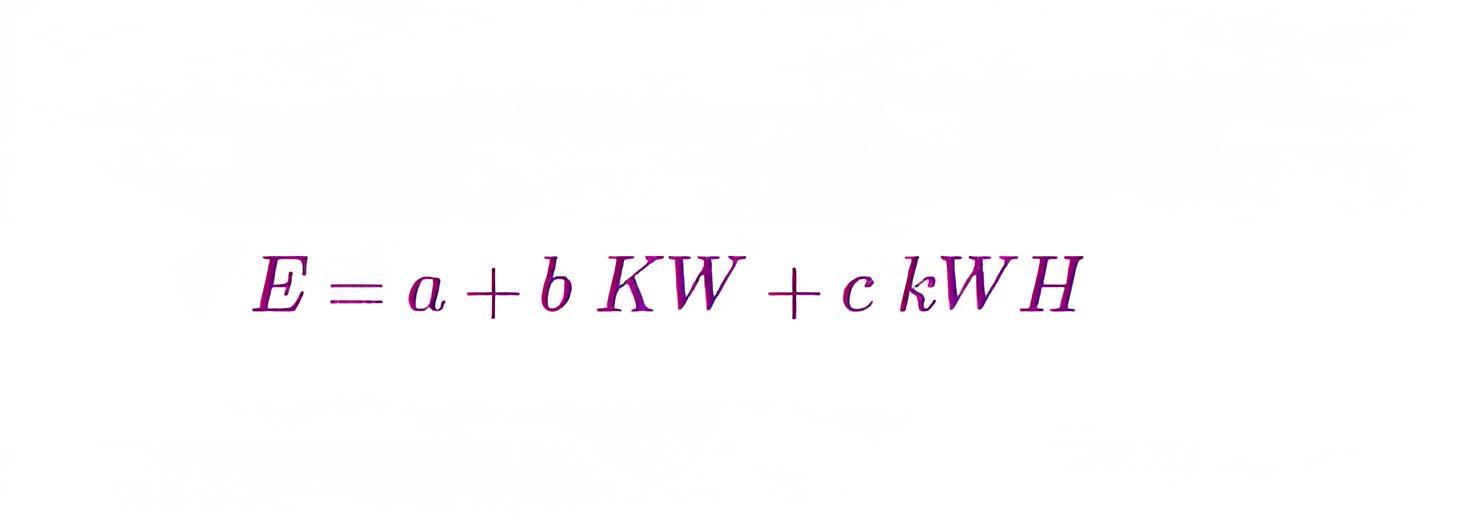The Economics of Power Generation
Definition of Economics of Power Generation
In modern engineering projects, cost is very important. Engineers must achieve the desired results at the lowest cost. In power generation, we often choose between high-cost, high-efficiency equipment and low-cost, lower-efficiency equipment. High-cost equipment has higher interest and depreciation charges but lower energy bills.
Electrical engineers must balance costs to minimize total plant expenditure. Studying the economics of power generation is crucial for achieving this balance. To understand power generation economics, we need to know the plant’s annual expenditure and the factors affecting it. The total annual expenditure is divided into several categories:
Fixed Charges
Semi fixed Charges
Running Charges
These are all important parameters pertaining to the Economics of power generation and are considered in details below.
Fixed Charges
These charges depend on the plant’s installed capacity but not on its energy output. They include:
Interest and depreciation on the capital cost of the generating plant, transmission and distribution network, buildings and other civil engineering works etc. Capital cost of the plant also includes the interest paid during the construction of the plant, salaries of engineers and other employees, development and construction of the power station. It also includes cost incurred on account of transportation, labor etc. to bring the equipment on site and installing the same, all of which are involved for the overall economics of power generation.
It is particularly note worthy, that in nuclear stations the capital cost of the station also includes the cost of initial charges of the nuclear fuel minus the salvage value paid at the end of its useful life.It also includes all types of taxes, insurance premiums pain on policies to cover the risk of accidental breakdown.Rent paid for the land being actually used for the construction purpose.
The cost due to starting and shutting down of plants are also included in this category, when the power plant operates on one or two shift basis.
Running Charges
The running charges or running cost of a power plant, is probably one of the most important parameters while considering the economics of power generation as it depends upon the number of hours the plant is operated or upon the number of units of electrical energy generated. It essentially comprises of the following costs incurred mentioned below.
Cost of the fuel delivered coupled with the fuel handling cost in the plant. Coal is the fuel used in a thermal power plant, and diesel oil in case of a diesel station. In case of a hydro-electric plant there is no fuel cost as water is the free gift of nature. But a hydro-plant requires higher installation cost and their mega Watt output of power generation is also lower compared to the thermal power plants.
Wastage of the operational and maintenance stuff and salaries of supervisor staffs engaged in running the plant.
In case of a thermal power plant, power generation economics includes the cost of feed water for the boiler, like the cost of water treatment and conditioning.As the amount of wear and tear of the equipment depends on the extent to which the plant is being used, so the lubricating oil cost and repair and maintenance charges of the equipment are also included in the running charges.
So, we can conclude saying, that the total annual charges incurred in the power generation, and the overall power generation economics can be represented by the equation,

Where ‘a’ represents the total fixed cost of the plant, and has no relation with the total output of the plant or the number of hours for which the plant is running.
‘b’ represents the semi-fixed cost, which mainly depends on the total output of the plant and not on the number of hours for which the plant is being operated. The unit for ‘b’ is thus ideally chosen to be in k-Watt.
‘c’ essentially represents the running cost of the plant, and depends on the number of hours for which the plant is running to generate a certain mega watt of power. Its unit is given in K-Watt-Hr.
The Electricity Encyclopedia is dedicated to accelerating the dissemination and application of electricity knowledge and adding impetus to the development and innovation of the electricity industry.













